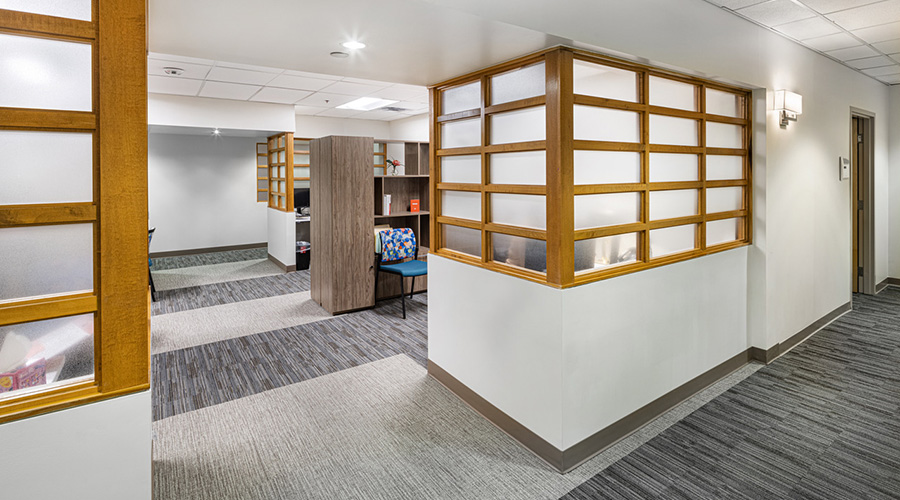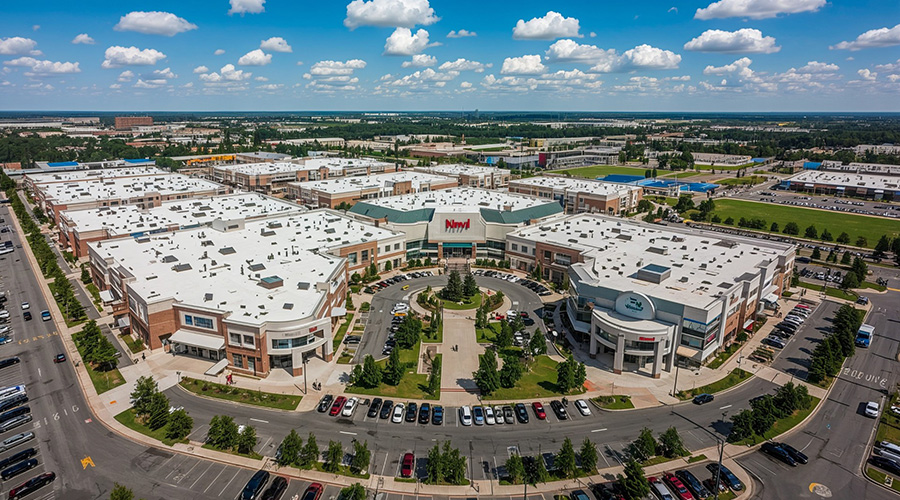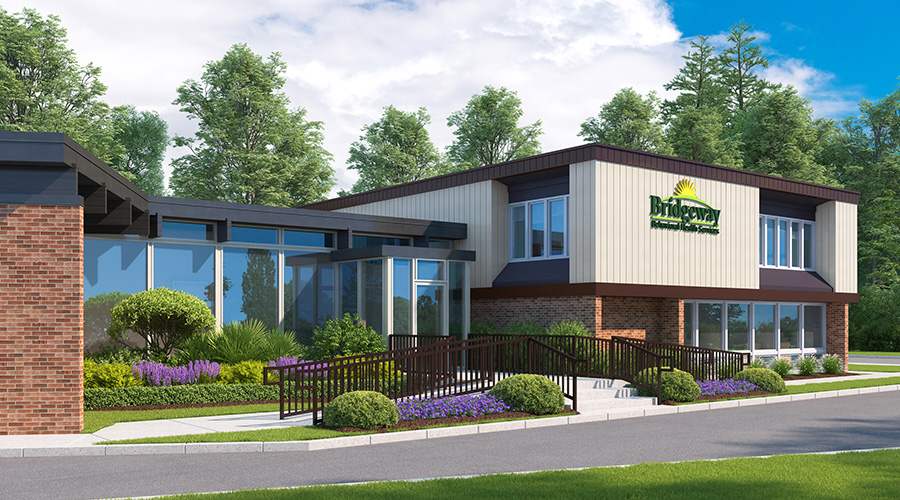Environmental services departments often use automated systems to mix concentrated disinfectants with water, but these systems can malfunction.
A Cambridge University Press study of 10 hospitals found that 90 percent of systems tested had at least one dispenser delivering disinfectants at incorrect concentrations. Over one-quarter of the systems produced solutions that were too weak, and 14 percent dispensed no disinfectant at all, often due to human errors, such as not properly connecting or replacing concentrate containers.
Some systems dispensed disinfectants at higher-than-expected concentrations, which can pose risks to staff, according to the study. Regular monitoring of dispenser performance, such as checking pH or concentration levels, is crucial to ensure effectiveness. The study recommended improved oversight and periodic testing, especially when changing concentrate containers or if the product appears or smells unusual.
Related: Dry-Surface Biofilms: Challenges and Strategies
360clean recommends having a qualified employee mix the chemicals while adhering to the instructions and proper ratios. 360clean also says to make sure a dispenser is used when measuring the chemicals, which will help dispense the right amount without the requirement of additional measuring.
Using proper concentrations of cleaning chemicals comes also with its own benefits, according to 360clean:
- Using correctly measured amounts conserves resources.
- Using proper concentrations can maximize labor value across the workforce.
- Environmental services staff will get the most out of their cleaning chemicals.
- Having proper concentrations helps ensure the safety of staff and patients.
Jeff Wardon, Jr., is the assistant editor for the facilities market.

 Joint Commission Standards: What Updates Matter Most?
Joint Commission Standards: What Updates Matter Most? Swinerton Completes Construction at Atlanta's Grady Hospital
Swinerton Completes Construction at Atlanta's Grady Hospital NY Governor Hochul Announces $300M in Funds for IT and Cybersecurity
NY Governor Hochul Announces $300M in Funds for IT and Cybersecurity Healthcare Is the New Retail
Healthcare Is the New Retail Bridgeway Behavioral Health Services Launches Campaign to Renovate Health Center
Bridgeway Behavioral Health Services Launches Campaign to Renovate Health Center